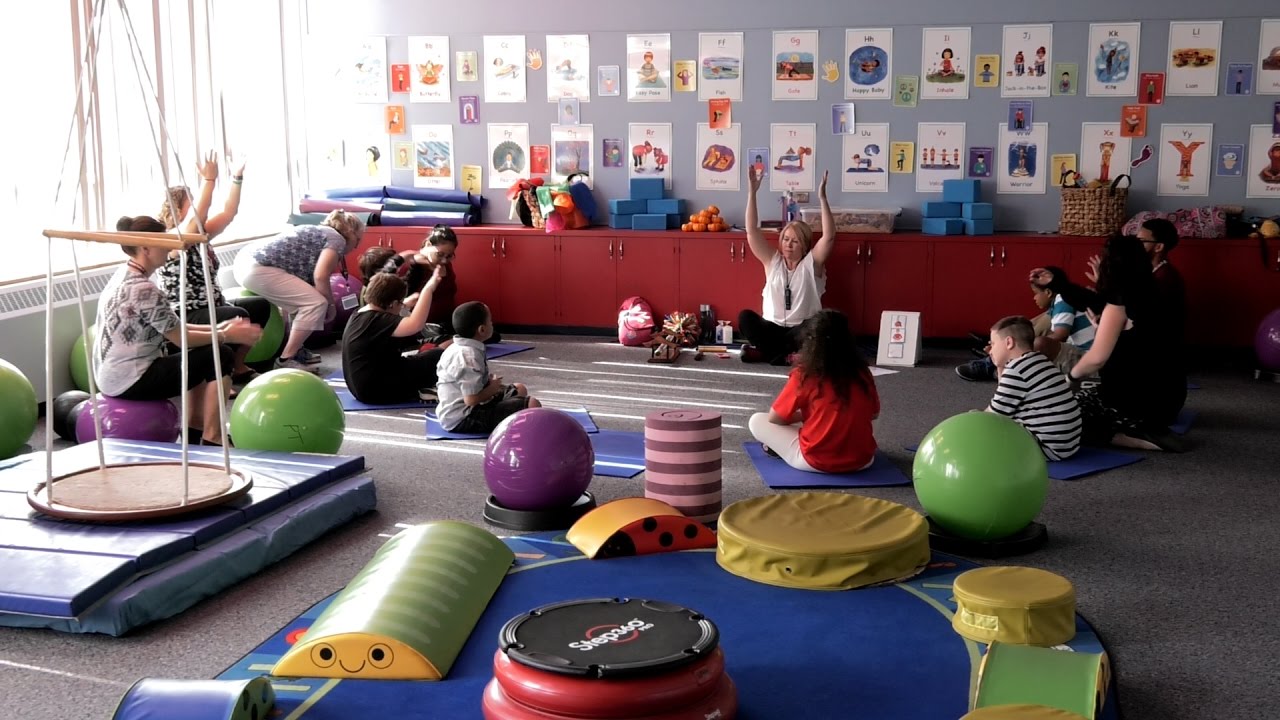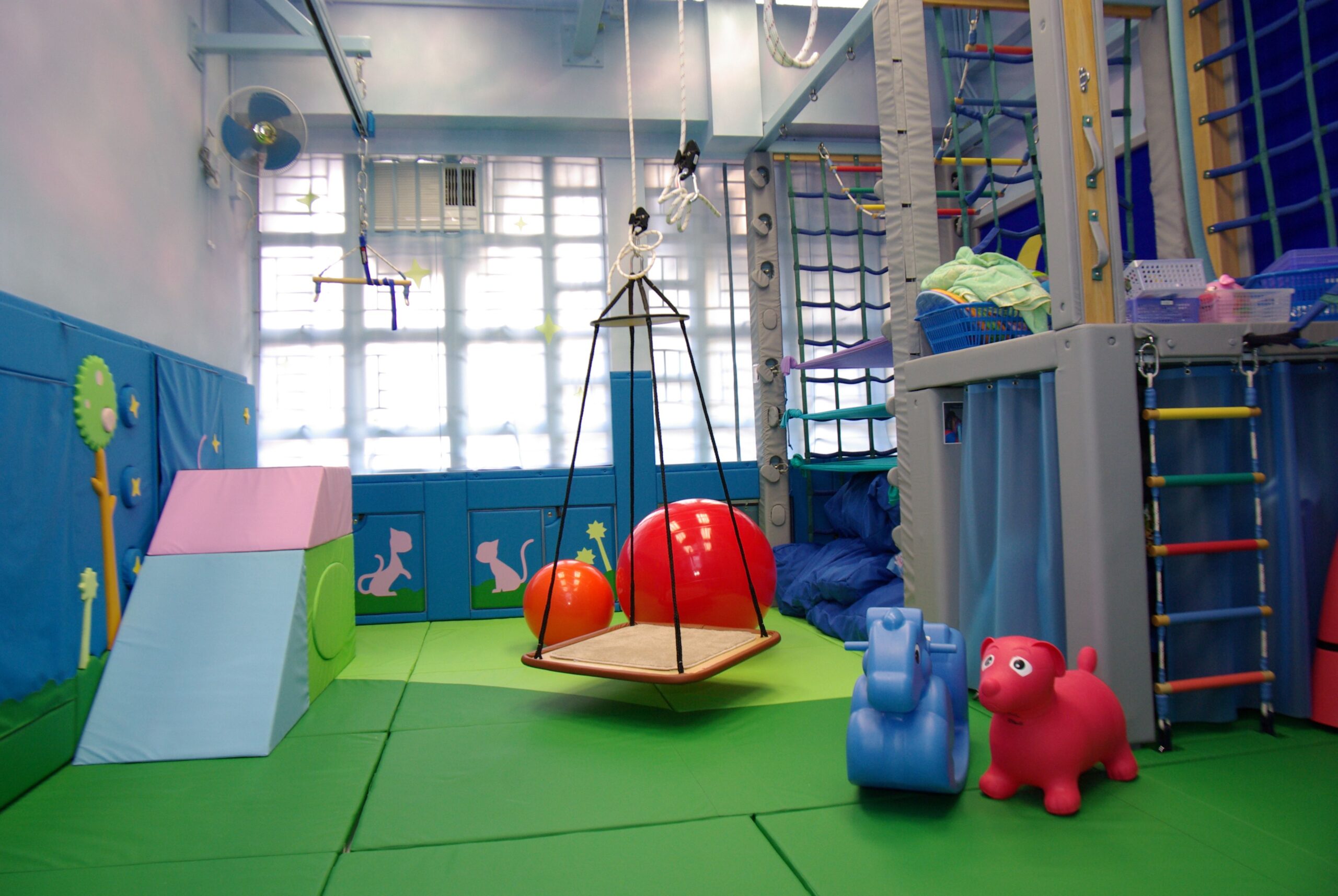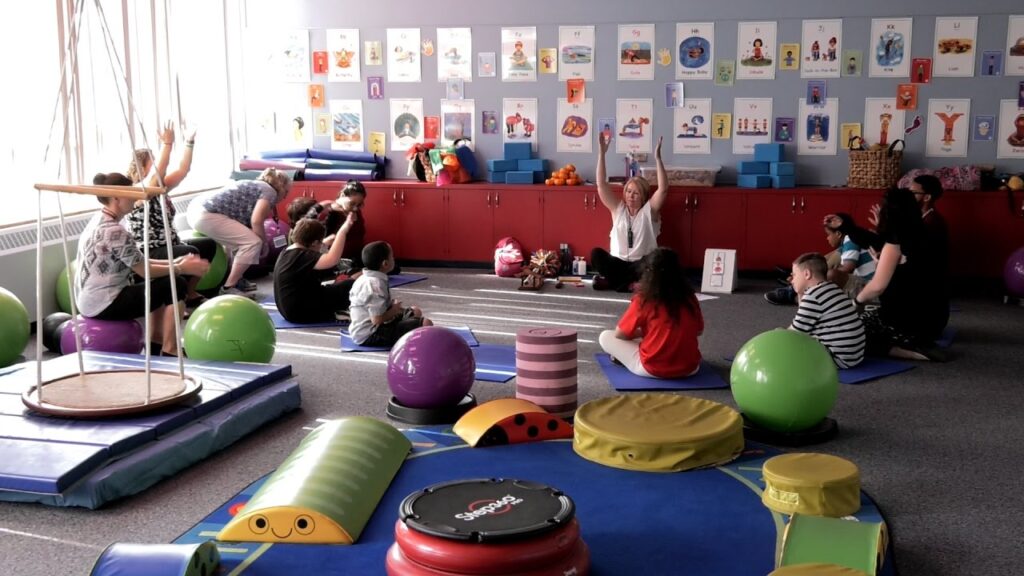A sensory room, also known as motor room is a special kind of room used often as therapy to help kids with limited communication skills. It is mainly used to develop a person’s sense through special lighting, music, and objects. The purpose is to provide with different sensory experiences while ensuring their calmness. Children with Autism Spectrum Disorder (ASD) usually have a hard time interpreting or processing different kind of sensory information and they might experience it different than others. They might be extremely sensitive to touch, sound, light, or in any other senses. Each individual experiencing ASD might have a different experience processing the information from their surroundings than others and that is the case most of the time. There are some general sensory room ideas that you can apply to create a sensory room, I am going to share some of them.
Lights
Lights will help with the visual stimulation and sense. Appropriate lights can help calming your mind and make you feel relaxed. You don’t need to put a lot of money for the light as some string lights, holiday lights, electric candles, glow sticks, lava lamps etc. might do the trick. For example, warm lights can help us feel more relaxed and calm that overhead cool fluorescent lights. Calming light projectors can also play music for better relaxation.

Music
Music is greatly related with our emotions and feelings. They can greatly affect your mood and help you calm yourself as well. A music player or a surround system playing a soothing sound can help a lot to calm ASD kids as well as it can help develop their hearing sense.
Therapeutic Scents
Therapeutic scents will work for developing the sense of smell. Essential oils are good for health as well as helpful for calming the mind and soul. Aroma dispensers can help with that. Even if you don’t have aroma dispensers, you can roll up a ball of cotton and dip it in essential oil. Kids can play with these aroma balls while the smell will help their sense develop.
Vestibular Sensory Input
There are a number of tools you can use to stimulate the vestibular system. The vestibular system gives us a sense of balance and special orientation for the purpose of coordinating movement with balance. Swings, balance boards, stepping stones, exercise ball, mini-trampoline, rocking chair etc. can help kids to process balance and movements, and help them with sensory regulations. Provided you have enough space, you can manage suspended swings that hang from the wall.

Fidget Toys and Puzzles
Fidget toys can help with reducing stress and spreading positivity as well as a solution for boredom. Puzzles can help with brain stimulation and aid with problem solving skills. Different colorful fidget toys and puzzles can give the kids a great way to pass their spare time.
Crash pad
Crash pads works as a safe landing space and may be used around trampolines, swings, balance rods and other tools. They are made of soft foam, balls, bubbles or even air. Kids can even have fun with them by jumping on them or laying down on these soft crash pads. You can even make these crash pads yourself at home.
Deep Pressure Stimulation
Deep pressure stimulation can be achieved through sleeping bags, body socks, number of stuffed toys or blankets. This stimulation helps with giving a feeling of security, relief and a personal space. This helps with the proprioceptive sense which involves in awareness of the position or the movement of the body.

The sensation and its effects are different for each children affected with ASD. Sound, touch, light, audience etc. might give them an unpleasant experience. There are a number of things you can do to make them comfortable, and improve their sensory development alongside. As the goal is to give them a pleasant experience, we shouldn’t force anything that they don’t feel comfortable with.






